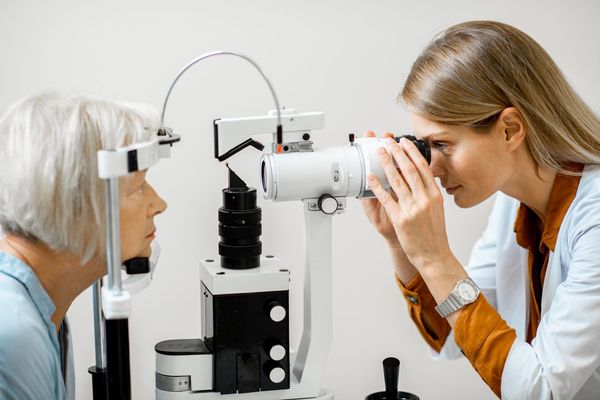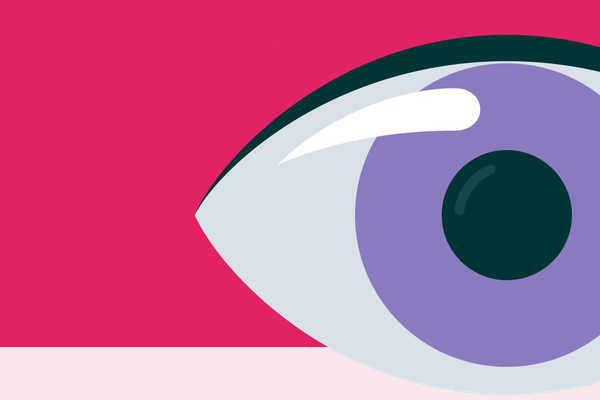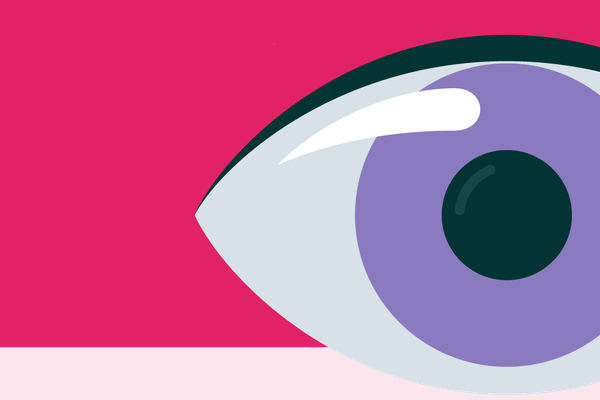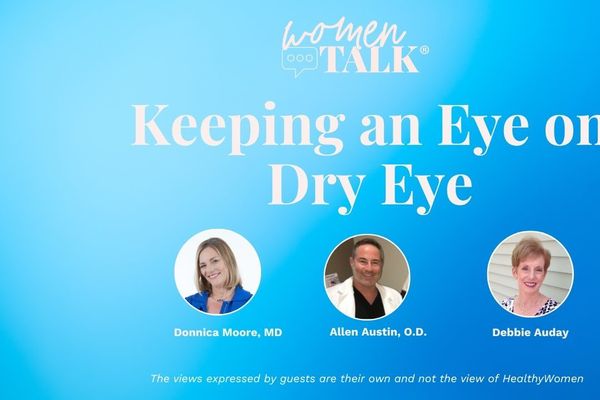Burning or stinging feeling in your eyes? Do they feel dry and uncomfortable? You may not be alone. Studies suggest that, in the United States, up to 7.8% of women aged 50 or older and 4.34% of men over the age of 501, 2 experience symptoms of dry eye, a progressive3 eye disease.
The symptoms of dry eye vary in severity, but are most commonly described as dryness and overall eye discomfort,4 and may also include stinging, burning, a gritty feeling or episodes of blurred vision.5
"A healthy ocular surface is a critical factor in eye health," says Marguerite McDonald, MD, of Ophthalmic Consultants, Long Island, New York. "When that surface becomes irritated or damaged, it activates an inflammatory response that results in the common symptoms of this disease. It's really not something to be ignored."
Age is recognized as one of the various risk factors of dry eye,1 but it's not the only factor when you consider that dry eye is one of the most common reasons why patients visit their eye doctors.6
Risk factors for Dry Eye
Video displays, including computer screens and other devices, are part of everyday life for many people. But lengthy exposure to these devices may increase the risk of dry eye. For example, continuous work in front of a video display, such as a computer screen, decreases the frequency of blinking and contributes to dryness on the surface of the eye.7
"People who spend a lot of time looking at a computer, tablet or smart phone may experience discomfort as a result of this activity and should consider talking to an eye care professional if symptoms continue or worsen," McDonald says.
As greater numbers of young people choose to use contact lenses to correct vision, the prevalence of dry eye in younger populations may become similar to what's currently observed in older populations.8
Symptoms of dry eye are also common after laser surgery to correct vision impairments, with nearly half of people who had either PRK or LASIK vision surgery reporting symptoms of eye dryness for three months or more, according to a survey.9
Certain medications, including antihistamines, benzodiazepine and antidepressants, have all been associated with dry eye.8
Diagnosis and Treatment
So what should you do if you're experiencing these symptoms? An eye care professional can appropriately diagnose dry eye through a comprehensive eye exam, including testing of the ocular surface and tear quality assessment.
Talk to your eye care doctor for more information about the underlying causes of dry eye, as well as the signs and symptoms.
1. Schaumberg DA, Sullivan DA, Buring JE et al. Prevalence of dry eye syndrome among US women. Am J Ophthalmol. 2003 Aug;136(2):318-26.
2. Schaumberg DA, Dana R, Buring JE et al. Prevalence of dry eye disease among US men: estimates from the Physicians' Health Studies. Arch Ophthalmol. 2009 Jun;127(6):763-8
3. Stern ME, Gao J, Siemasko KF, Beuerman RW, Pflugfelder SC. The Role of the lacrimal functional unit in the pathophysiology of dry eye. Experimental Eye Research. 2004; 78: 409-416
4. The definition and classification of dry eye disease: report of the Definition and Classification Subcommittee of the International Dry Eye WorkShop (2007). Ocul Surf. 2007 Apr;5(2):75-92.
5. Facts About Dry Eye. The National Eye Institute. Available at: https://www.nei.nih.gov/health/dryeye/dryeye. Accessed May 29, 2015 - "What are the symptoms of dry eye?"
6. Stern ME, Schaumburg CS, Pflugfelder SC. Dry eye as a mucosal autoimmune disease. Int Rev Immunol. 2013 Feb;32(1):19-41.
7. Yazici A, Sari ES, Sahin G, Kilic A, Cakmak H, Ayar O, Ermis SS. Change in tear film characteristics in visual display terminal users. Eur J Ophthalmol. 2015 Mar-Apr;25(2):85-9.
8. Paulsen AJ, Cruickshanks KJ, Fischer ME, Huang GH, Klein BE, Klein R, Dalton DS. Dry eye in the beaver dam offspring study: prevalence, risk factors, and health-related quality of life. Am J Ophthalmol. 2014 Apr; 157(4):799-806.
9. Hovanesian JA, Shah SS, et al. Symptoms of dry eye and recurrent erosion syndrome after refractive surgery. J Cataract Refract Surg 2001;27:577-84
Content provided by Shire






